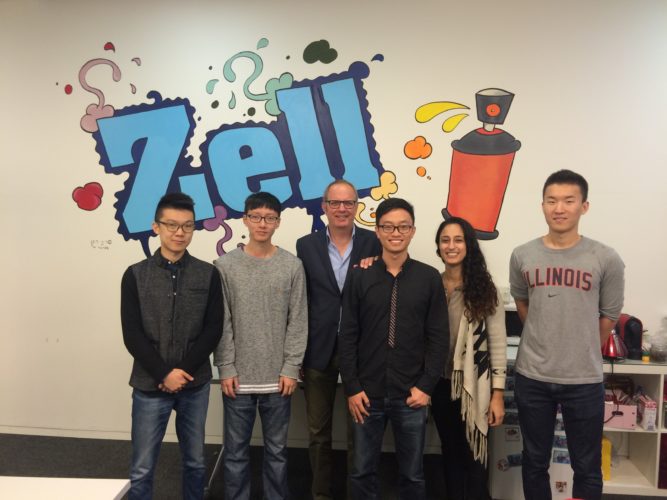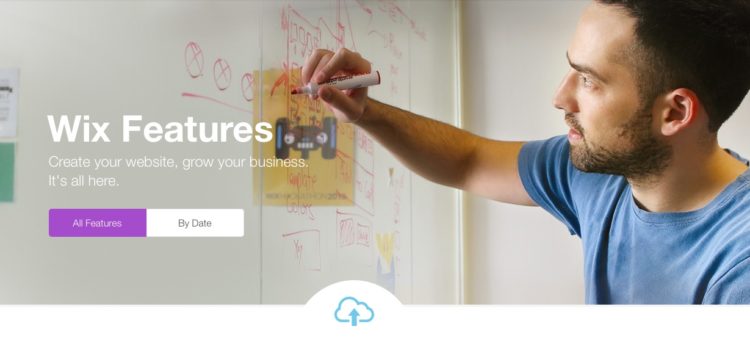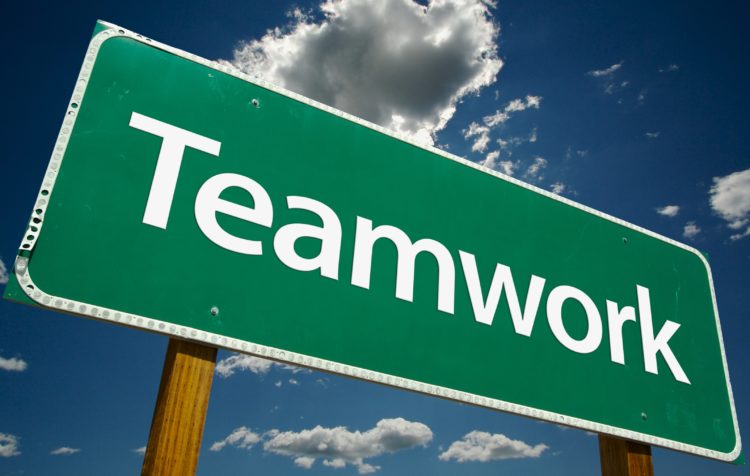We gathered at the Google Campus for Entrepreneurs in Tel Aviv this morning to hear from a founder of Wix. Wix is a platform that helps average internet users create websites. The basic premise of the service is that a person goes to a webpage through an easy to use platform. All it takes to design the website is clicking and dragging on elements such as pictures, text etc. and modifying it on the spot. Changing the layout just involves clicking and moving components around the screen. Their tagline is “Easy to customize. No coding.”
Guest Blogger: Jessie is a junior WashU
In 2006, the idea for this website came from two brothers who were accomplished entrepreneurs. In an apartment on Rothschild Boulevard, they quickly thought of the idea of the webpage. In 2007, the first investment was made.
A question that investors frequently asked them was “Why are you creating a company for a solved problem.” In fact, a website similar to theirs existed and was created in 2000. However, it was messy, unorganized and not easy to use. This idea is a clear testament that solving a pain point and creating convenience for the consumer can create a great company.
Not all startups have to be revolutionary ideas, and sometimes the best ones just aim to make every day life easier and more efficient. A lot of the backlash, interestingly, came from Israeli investors, and many early investments were made by Americans and Europeans.
As intrinsically motivated entrepreneurs, they kept working on the product. They followed a very precise, three pronged goal. First, Wix recognized the need to have a presence as a website. Creating an easy-to-use platform and in turn having consumers produce great webpages was the goal. Second, they understood the need for traffic. Wix has tools to get market for traffic, and allows their consumers to leverage their brand through the Wix user base. Each site gets about 100,000 exposures per month, and to get that number of exposures through Google ads costs $200,000-$400,000. Since start ups especially are on such a tight budget, this creates extreme value for a user and incentive for them to use Wix. Finally, they manage customers through an API that allows companies to be leveraged by each other, and to sell products between small businesses, also creating value.
Needless to say, this concern should have never existed. The path to success did not come without obstacles, though. Throughout the time the website has existed, it has pivoted at least 20 times before finding out the best version of the product. Today, Wix exists in 19 languages, has over 60 million users and creates websites that millions of people are exposed to. Our speaker stressed that small changes are made every single day, and on average a change is made every 9 minutes. This innovative mindset confirms why Wix had an IPO in 2013, and continues to grow and improve every single day.








